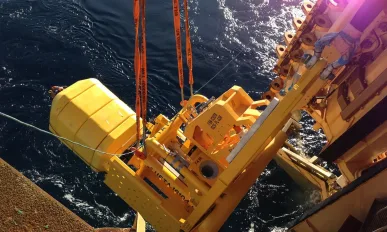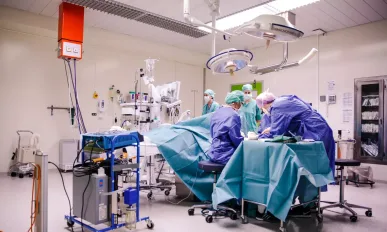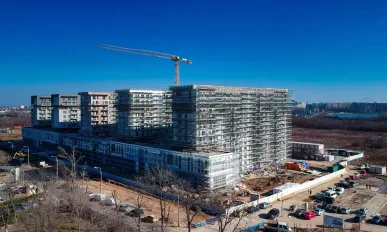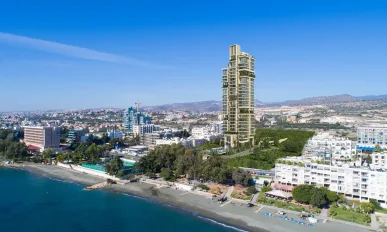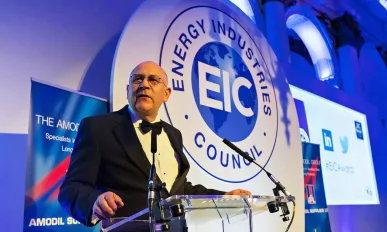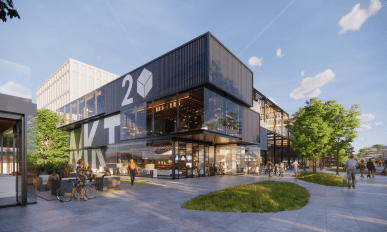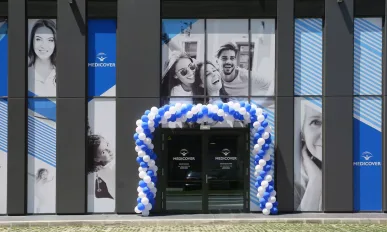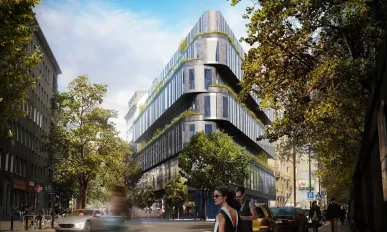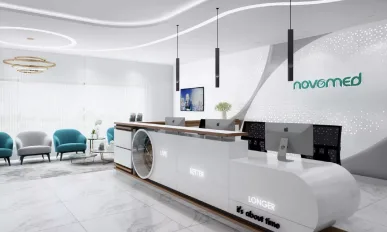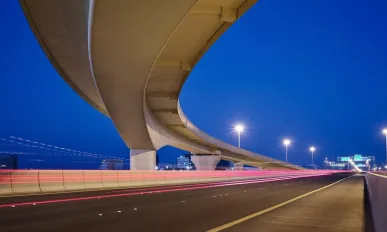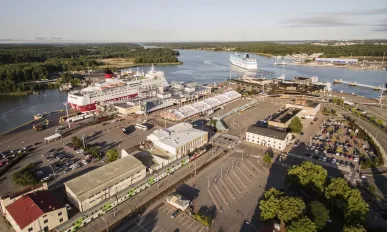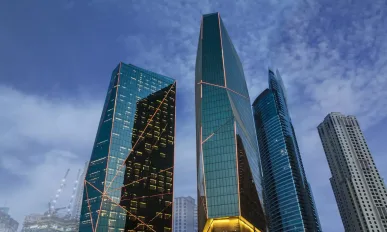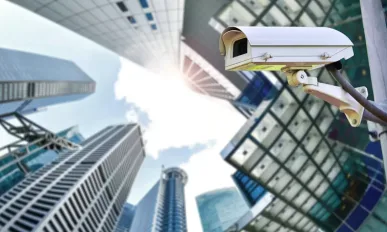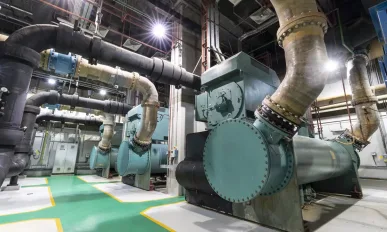Issue 35
Wind River : The Critical Enabler at the Intelligent Edge
Wind River software has been ensuring can’t-fail systems remain operational for almost four decades, the company leading the way at the intelligent edge in a hyperconnected and autonomous era.
AFGlobal Corporation : The OEM for O&G
AFGlobal has been supplying major oil and gas players with technology, services and manufacturing capabilities for several decades, with 2020 earmarked as a new chapter for the company.
Akureyri Hospital : High Class Healthcare
Akureyri Hospital continues to strive for excellence in healthcare services in Iceland, innovating, optimising and expanding in the face of many health-related challenges. Bjarni Jónasson, its CEO, lays bare the current landscape.
Bog’Art Group : Integrated Ingenuity
Spanning the entire chain of building services, Bog’Art Group has become reputed for its landmark projects, complex and innovative technical solutions and is the largest local construction company with fully integrated building services in Romania.
Cyprus Property Gallery : Building for Cyprus
Cyprus Property Gallery has grown into one of the island’s most prominent development groups, its landmark projects continuing to shape the skyline of the coastal city.
Cyrus Group of Companies : Empowered by Innovation
Through its dedication to innovation, employee development and sustainable thinking, Cyrus Group of Companies continues to serve a multitude of regional industries with the future in mind.
Energy Industries Council (EIC) : Elevating Energy
Powered by data, purpose and a portfolio of 130 annual events, the Energy Industries Council (EIC) is helping to keep the UK switched on to new, dynamic, energy-centric global opportunities.
Epstein Architecture & Engineering SRL : Transforming Landscapes
Driven by a desire to positively impact the urban environment in Romania, Epstein Architecture & Engineering SRL’s best-in-class technologies, talent and capabilities are helping it to meet this mission.
Medicover Romania : Medical Marvel
Medicover Romania is leading the charge when it comes to the advancement of healthcare, its progressive emphasis on technologies and talent helping to make an integral impact.
MediGuide International : Improving Outcomes
MediGuide is removing the geographical limitations of healthcare, its global network of partners and employees helping to bring on-demand diagnoses to patients in 152 countries around the world.
Medusa Group : Designed to Inspire
Medusa Group is looking to impart its unique character on developments all over the world - starting from it’s hometown Bytom, through Warsaw, London UK, Jamaica, New York in the US and Dhaka in India.
Novomed Centers : Better Beats Bigger
Through its network of hospitals and clinics in the UAE, Novomed Centers is providing treatment with honesty and integrity at its heart, the company specialising in traditionally underserved areas of healthcare.
Pace : Upping the Architectural Tempo
Powered by industry best practices and proven by an array of esteemed projects, Pace continues to quicken its strides with architectural, engineering and planning excellence across the GCC and beyond.
Port of Turku : Finland’s Gateway to the World
Port of Turku is an important source of vitality for the Finnish economy, acting as an epicentre for national tourism and trade by serving more than three million people every year.
Relined Fiber Network : Seeing the Light with Dark Fibre
By making the most of existing fibre network infrastructure, Relined Fiber Network is delivering cost-effective, scalable and secure connectivity with near unlimited bandwidth to organisations across Northwestern Europe.
Schüco : Façades for the Future
Schüco Middle East epitomises its parent company’s standing as a leading supplier of façades and curtain walls, transforming urban environments with sustainable, high quality solutions.
Sibca : For the Betterment of Buildings
SIBCA is the UAE’s leading systems integrator, optimising and enhancing buildings across the emirates and wider region with its evolving technologies and expanding technical team of engineers.
Tabreed : Clean Cooling
Tabreed is showing how district cooling represents a vital cog in the sustainable built environment, its 80-plus plants in the GCC helping to eliminate millions of tonnes of carbon dioxide emissions.




